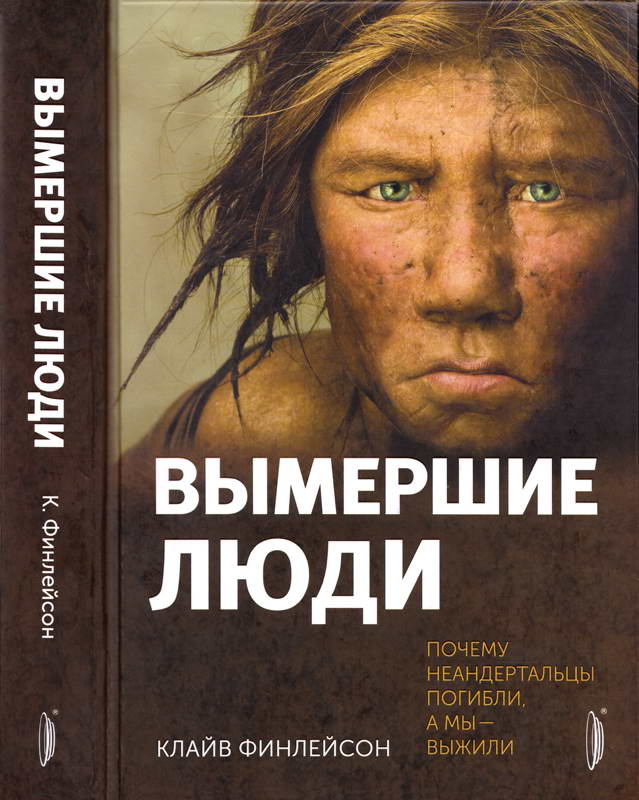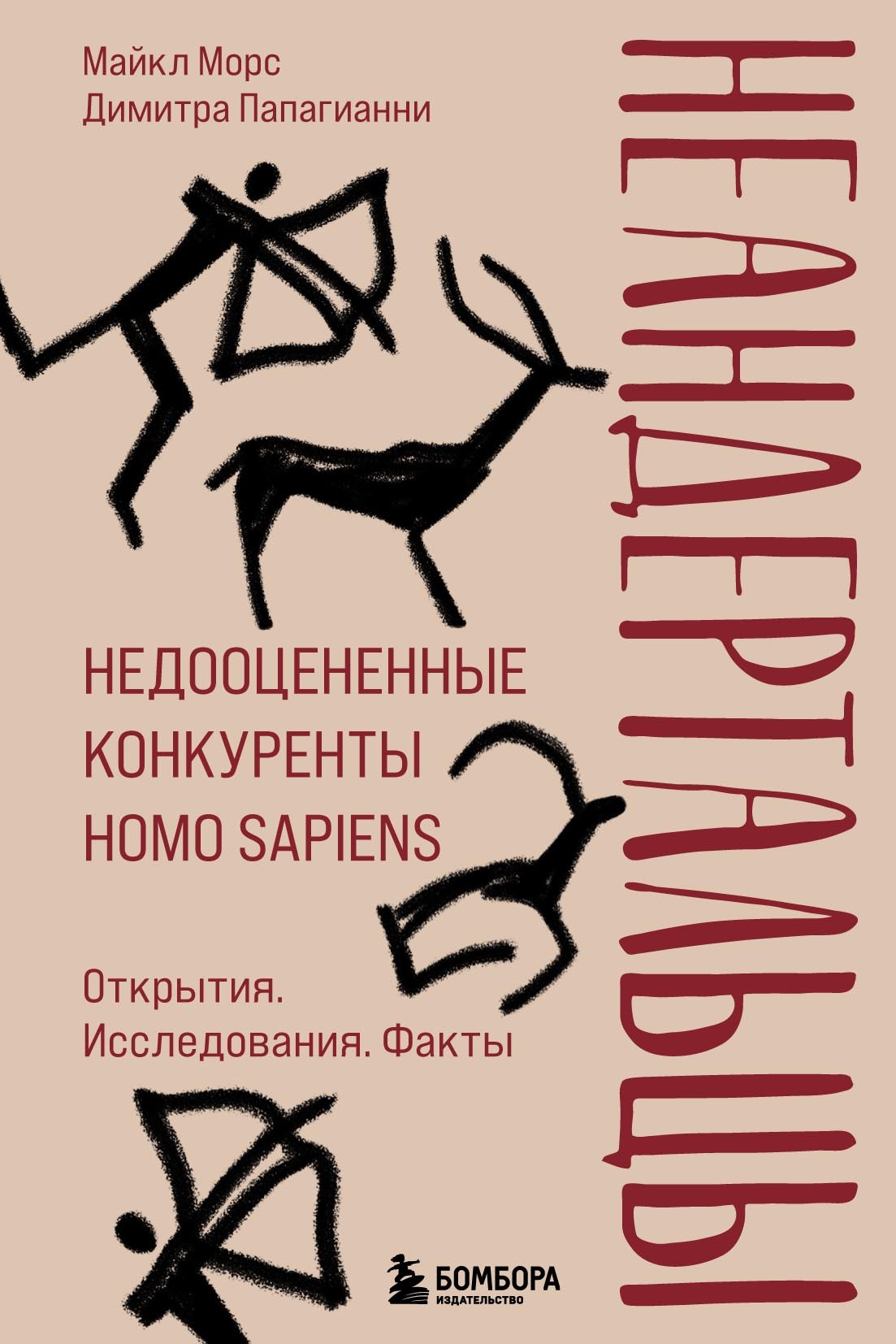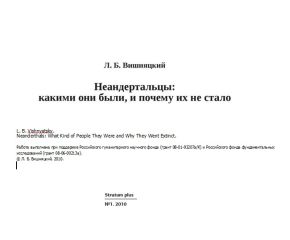Allen and Unwin, 2003).
V. V. Pitulko et al., ‘The Yana RHS Site: Humans in the Arctic before the Last Glacial Maximum’, Science 303(2004): 52–6.
S. Wells, The Journey of Man: A Genetic Odyssey (London: Penguin, 2002); S. Oppenheimer, Out of Eden: The Peopling of the World (London: Robinson, 2004); Y. V. Kuzmin and S. G. Keates, ‘Dates Are Not Just Data: Paleolithic Settlement Patterns in Siberia Derived from Radiocarbon Records’, Amer. Antiquity 70(2005): 773–89; T. D. Goebel, M. R. Waters, and H. O’Rourke, ‘The Late Pleistocene Dispersal of Modern Humans in the Americas’, Science 319(2008): 1497–502.
H. Shang et al., ‘An Early Modern Human from Tianyuan Cave, Zhoukoudian, China’, Proc. Natl. Acad. Sci. USA 104(2007): 6573–8.
To есть не имея каких-либо оставшихся архаичных особенностей. Термин «современный» вводит в заблуждение, но изредка используется в этой книге, чтобы избежать путаницы с большей частью общедоступной литературы. Реальность такова, что все современные группы по всему миру в любое время были по определению одинаково современными.
Goebel et al., ‘The Late Pleistocene Dispersal’; A. Kitchen, M. M. Miyamoto, and C. J. Mulligan, ‘A Three-Stage Colonization Model for the Peopling of the Americas’, PLoS ONE 3(2008): el596.
Там же.
Даты радиоуглеродного анализа указаны в календарных годах, как и другие, упомянутые в этой главе, с учетом того, что они находятся в пределах диапазона надежной калибровки. T. D. Dillehay et al., ‘Monte Verde: Seaweed, Food, Medicine, and the Peopling of South America’, Science 320(2008): 784–6.
A. L. Martinez, ‘9,700 Years of Maritime Subsistence on the Pacific: An Analysis by Means of Bioindicators in the North of Chile’, Amer. Antiquity 44(1979): 309–24; D. H. Sandweiss et al., ‘Quebrada Jaguay: Early South American Maritime Adaptations’, Science 281(1998): 1830–2; D. K. Keefer et al., ‘Early Maritime Economy and El Nino Events at Quebrada Tacahuay, Peru’, Science 281(1998): 1833–5; D. Jackson et al., ‘Initial Occupation of the Pacific Coast of Chile during Late Pleistocene Times’, Curr. Anthropol. 48(2007): 725–31.
Goebel et al., ‘The Late Pleistocene Dispersal’.
D. J. Joyce, ‘Chronology and New Research on the Schaefer Mammoth (?Mammuthus primigenius) Site, Kenosha County, Wisconsin, USA) Quat. Int. 142–3(2006): 44–57; Goebel et al., ‘The Late Pleistocene Dispersal’. Свидетельства такого поведения до 15 тысяч лет назад существуют, но они недостаточно надежны.
W. J. Burroughs, Climate Change in Prehistory: The End of the Reign of Chaos (Cambridge: Cambridge University Press, 2005).
C. Finlayson and J. S. Carrion, ‘Rapid Ecological Turnover and Its Impact on Neanderthal and Other Human Populations’, Trends Ecol. Evol. 22(2007): 213–22.
Finlayson, Neanderthals and Modern Humans.
T. Pakenham, The Scramble for Africa (London: Abacus, 1992); H. Reynolds, Why Weren’t We Told? A Personal Search for the Truth about Our History (Victoria: Penguin, 1999).
J. Diamond, Guns, Germs and Steel. A Short History of Everybody for the Last 13,000 Years (London: Jonathan Cape, 1997).
Р. A. Underhill et al., ‘The Phylogeography of Y Chromosome Binary Haplotypes and the Origins of Modern Human Populations’, Ann. Hum. Genet. 65(2001): 43–62.
A. N. Goring-Morris and A. Belfer-Cohen (eds), More Than Meets the Eye: Studies on Upper Palaeolithic Diversity in the Near East (Oxford: Oxbow Books, 2003).
A. Belfer-Cohen and N. Goring-Morris, ‘Why Microliths? Microlithization in the Levant’, Archaeol. Papers Amer. Anthropol. Assocn. 12(2002): 57–68.
S. L. Kuhn, ‘Pioneers of Microlithization: The «Proto-Aurignacian» of Southern Europe’, Archaeol. Papers Amer. Anthropol. Assocn. 12(2002): 83–93. Столь ранние попытки производства микролитических технологий появляются и в других регионах, например, около 36 тысяч лет назад на Шри-Ланке: К. A. R. Kennedy, God-Apes and Fossil Men: Paleoanthropology of South Asia (Ann Arbor: University of Michigan Press, 2000).
S. L. Kuhn and R. G. Elston, ‘Thinking Small Globally’, Archaeol. Papers Amer. Anthropol. Assocn. 12(2002): 1–7.
S. Mithen, After the Ice: A Global Human History 20,000–5000 BC (London: Weidenfeld and Nicolson, 2003).
D. Nadel and E. Werker, ‘The Oldest Ever Brush Hut Plant Remains from Ohalo II, Jordan Valley, Israel (19,000 BP)’, Antiquity 73(1999): 755–64; D. Nadel et al., ‘Stone Age Hut in Israel Yields World’s Oldest Evidence of Bedding’, Proc. Natl. Acad. Sci. USA 101(2004): 6821–6.
Этот возврат к условиям ледникового периода известен как поздний дриас; W. J. Burroughs, Climate Change in Prehistory: The End of the Reign of Chaos (Cambridge: Cambridge University Press, 2005).
Постледниковая колонизация Европы с юго-запада была хорошо задокументирована путем отслеживания маршрутов, по которым следуют генетические маркеры. A. Torroni, et al., ‘MtDNA Analysis Reveals a Major Late Palaeolithic Population Expansion from Southwestern to Northeastern Europe’, Am. J. Hum. Genet. 62(1998): 1137–52; A. Torroni et al., ‘A Signal, from Human mtDNA, of Postglacial Recolonization in Europe’, Am. J. Hum. Genet. 69(2001): 844–52.
Mithen, After the Ice, исчерпывающий отчет о периоде послеледникового расселения людей по всему миру.
Седентарный — то же, что прикрепленный.
Решающий удар (фр.).
A. Currrey, ‘Seeking the Roots of Ritual’, Science 319(2008): 278–80.
Самая ранняя из известных одомашненных пшениц была найдена на турецком объекте Невалы-Чори, к северо-западу от Гёбекли-Тепе, и датирована 10,5 тысячи лет назад. M. Balter, ‘Seeking Agriculture’s Ancient Roots’, Science 316(2007): 1830–5.
K. Tanno and G. Willcox, ‘How FastWasWild Wheat Domesticated?’, Science 311(2006): 1886.
Собранные растения включали желуди, фисташки, оливки и большое количество дикой пшеницы и ячменя, однако культивирование не проводилось; Balter, ‘Seeking Agriculture’s Ancient Roots’.





